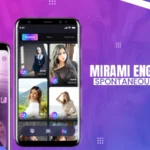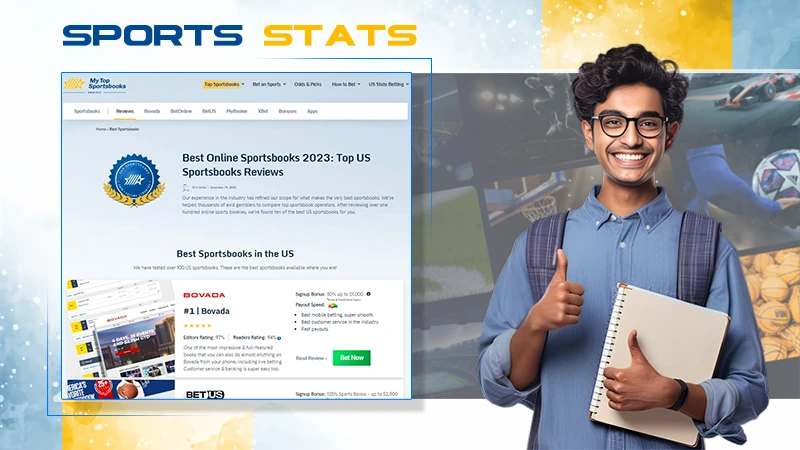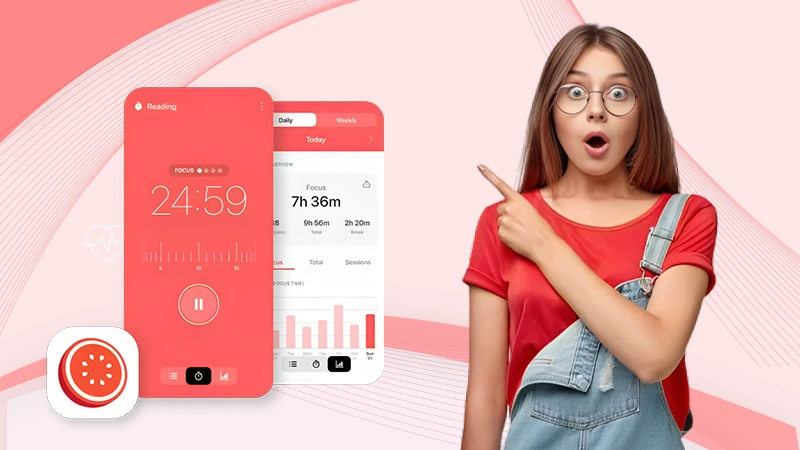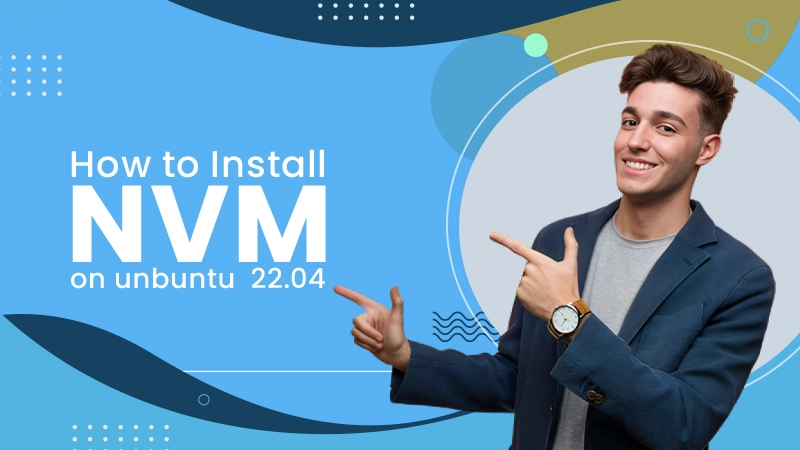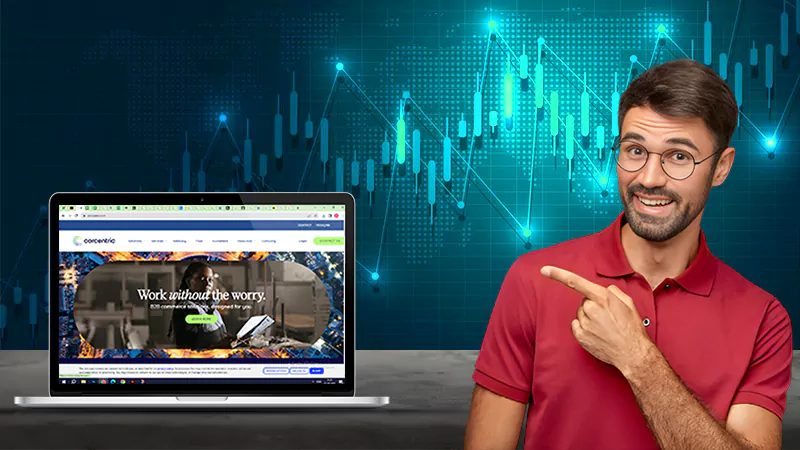As a digital marketing employee, you may not be very aware of how much time you spend in a car. Sure, a majority of your days are spent either in front of a computer or on the phone, but what about when you’re driving to the office? Maybe you have a surprise meeting in the city? What happens when your firm starts investing in company cars? Even if you are a remote marketing employee, you still have to think about car insurance. Just because you’re using your car less doesn’t mean you should drive without insurance. Delivery drivers are not the only people whose lives revolve around cars. They are such a vital part of society and seep into every aspect of our life. Everyone, no matter their profession, needs auto insurance in some capacity. For all the marketing employees out there, this is your guide into the world of car insurance. Even if you feel like your policy is sufficient, reevaluation doesn’t always hurt. It is recommended that you review your insurance policy about once a year. Make your mark on your marketing world, not the highway.
Full Coverage Car Insurance
To simply put it, every driver needs to carry insurance. Nearly every state has liability coverage requirements you must at least meet to be considered a legal driver. In the marketing field, you are probably traveling to and from work daily. Have you ever thought about how much can happen on one car ride to work? It takes practically no effort for you to get caught up in an accident, and following that accident, you are going to have bills. Whether they are from an auto repair shop and/or the hospital, someone is going to have to be paid after they get you and your vehicle working again.
Without insurance, you will be paying out of pocket, and it can be expensive enough that maybe one job just doesn’t cut it. What happens then? You’re suddenly juggling another gig and leaving your marketing passion on the back burner. Or maybe the collision expenses don’t damage your career, but the legal penalties do. Failing to drive with the proper insurance can result in hefty fines, license suspension, and even jail time. Marketing agencies can be leery of hiring someone with convictions on their record.
But for as much fear-mongering as I am doing, there is an easy solution to all this. That’s right: auto insurance, specifically full coverage insurance. Full coverage insurance protects you and your vehicle. It will help not only pick up your bills but also the other drivers’ expenses should you be found at fault for the accident.
If hard times have already fallen on you in the driving world, you can always purchase SR22 insurance when getting your full coverage policy. SR22 insurance isn’t really a type of insurance despite the name, but instead, a proof of financial responsibility that informs your state you carry the required liability insurance to drive. While being convicted of a severe traffic penalty can feel like the end of the world, you can always work to improve yourself as a driver. Things may be rocky at first, especially when you still need a means of transportation to get to work, but things may not stay that way if you take the proper steps and follow insurance laws.
What Does Full Coverage Include?
Full coverage insurance is key. It is always recommended that drivers carry beyond their state’s mandatory minimum liability coverage, and purchasing a full coverage policy is the best way to step up your insurance game. Being in the marketing field can be stressful, and if you’re distracted by that stress, accidents will happen. Be prepared for those accidents. Full coverage policies include the following:
- Liability Insurance – Liability coverage pays for property damage and bodily injuries that you cause in an accident. It only covers the other party’s injuries and damage.
- Collision – Collision coverage pays for damage to your vehicle following an accident. It pays out no matter who was found to be at fault.
- Comprehensive – Comprehensive covers damage to your vehicle after a non-collision-related incident. Some examples of this include damage from extreme weather or vandalism.
Additional Insurance for Full Coverage
Step up your game even more with some additional full coverage policy add-ons. Some of these are mandatory for drivers to carry in some states, but you should always consider adding them. You just never know who you will encounter on the road, and the last thing you need is to be stressing over pending expenses. Additional car insurance includes:
- Uninsured/Underinsured Motorist Coverage – Despite insurance being mandatory in nearly every state, many drivers choose to go without it. Uninsured/underinsured motorist insurance helps pay for your damage and injuries when the other party is lacking liability coverage.
- Personal Injury Protection (PIP) – Personal injury protection (PIP) covers medical expenses you accumulate following an accident. It pays out no matter who was at fault.
Pay-Per-Mile Insurance
With remote working having been forced upon thousands of industries thanks to the COVID-19 pandemic, people have found that their jobs could be entirely done from home. Digital marketing has become one of these fields. Countless marketing departments are being run remotely. The need to get in your car and drive to an office has become obsolete for many marketing workers.
With this change in routine comes a chance to update car insurance policies. Pay-per-mile car insurance may be a wise choice for remote marketing workers. Pay-per-mile insurance allows you to only pay based on how often you are driving your vehicle. Every insurance carrier may go about it slightly differently, but, in general, there is a base rate that then gets added to based on how many miles you’re reported to have driven. This base rate is pretty much like any other insurance quote you get. It is determined by personal information like where you live, your age, and your driving record. There is then a set per-mile rate which will go into calculating how much you pay for that month.
This may seem like more trouble than it is worth at first but, don’t worry, you don’t really end up doing much. Your insurer does the math when it comes to billing, but you should still have an idea of how your insurance premiums are decided. Let’s say your insurer sets your monthly base rate at $40 and a per-mile rate of 5 cents. One month you drive 500 miles. Your calculated monthly payment would come out to be about $65. This was reached by following this simple formula:
Monthly base rate + (Per-mile rate x Number of miles driven per month)
In this example case, the equation looked like: $40 + (.05 x 500) = $65. What has been outlined is just a general estimate that can be helpful if you have similar driving habits. But, as stated before, what your base rate is set at will be determined by your personal factors. Each insurance company prices pay-per-mile insurance differently.
You should try to be mindful of how many miles you drive monthly so that it is not a shock for you when your bill comes. Many insurance providers will track your miles using telematics or other devices that attach to your car and monitor your driving. If you are uncomfortable with this, carriers may allow you to send a photo of your odometer once a month so they can see how much you have driven.
As you have seen, this can be a very economical option for someone who does not have to drive often, thanks to their marketing department going remote. If you only go out on the weekends or occasionally run to the grocery store during the week, you should consider pay-per-mile insurance. You may not even realize how much you are paying to cover a car you are rarely using due to this new work-from-home craze. But even if your car is sitting in your driveway five days a week, it still needs insurance.
Non-Owner’s Car Insurance
It’s not too uncommon for marketing agencies to have company cars that employees use. If you have to run one place or another for a client or regularly borrow the company car to run errands, you are going to want to look into non-owner’s car insurance. This is especially the case if you work for a large firm that allows you to use company cars for personal use. Since the car is not in your name, insuring it with your own car insurance can be tricky.
Non-owner’s insurance lets drivers who do not own the vehicle insure it. It provides at least the minimum liability coverage mandated by your state along with any other required car insurance (ex. Personal injury protection (PIP) coverage). Cars of this nature include rental cars, car-sharing services, and borrowed vehicles. Non-owner’s car insurance can cover the following:
- Injuries to other drivers in an accident you are at fault for
- Property damage you cause in the aforementioned accident
- Accidents caused by an uninsured or underinsured driver (if applicable)
- Medical expenses (if applicable)
Non-owner insurance policies will never apply to the specific vehicle you are driving, meaning it is impossible to get collision or comprehensive coverage. If you are in an accident in a company vehicle, covering repairs would have to come from commercial auto insurance or out of pocket from the company, depending on the circumstances. Just remember that this really only comes in handy if you regularly are utilizing a vehicle that is not your own, like your marketing firm’s company vehicles. Since a policy can cost anywhere from $200 to $500 per year, you want to be getting your money’s worth.
Commercial Auto Insurance
This applies more to the owners of marketing businesses, but it is still good for employees to be aware of their firm’s commercial auto insurance policy, especially if they regularly drive company vehicles.
While most of your time in digital marketing is spent in front of a computer, there are some instances where you have to get out in the field. If you’re with a marketing agency that meets with clients or has occasional in-person campaigns, you most likely need a way to get to your destinations. Personal vehicles are an option, but many digital marketing companies opt to have commercial cars employees use to conduct business. For vehicles like this, agencies need commercial auto insurance to protect not only their business assets but also their staff.
Commercial auto insurance will meet your state’s minimum car insurance requirements, at the very least. You should expand these coverage limits to be sure you can cover all expenses following a collision. Without it, the company will be on the hook for the bills. It is also wise to include collision and comprehensive coverage to protect the commercial vehicle. This type of coverage will pay for damage to the vehicle following an incident. Do not forget to also make sure your employees who are driving are covered. This can come in the form of something like personal injury protection (PIP). Workers’ compensation could also help pay the medical expenses of an injured marketing employee so long as they were driving the vehicle while doing their job.
Not all marketing firms utilize company vehicles or offer services in-person, but it can be a very useful thing. Interacting with clients or customers in such a way makes staff seem more personable, giving a good face for your company. Investing in such ventures can be helpful in the long run. But remember, if you are going to do so that your company vehicles are covered by commercial auto insurance. It is the marketing agency’s responsibility to provide this coverage for their vehicles and employees. This insurance is generally only used when a company relies on their cars for their income, like attending appointments or holding marketing events.
As a marketing employee, depending on your field, car insurance may literally be the last thing on your mind, but you should never put it off. Insurance provides you with valuable coverage to help make the stressful, unexpected times go a little smoother. One accident is enough to make a serious dent in your finances. You are going to want someone in your corner.
Next, can consider reading about: Self-Driving Car Insurance



